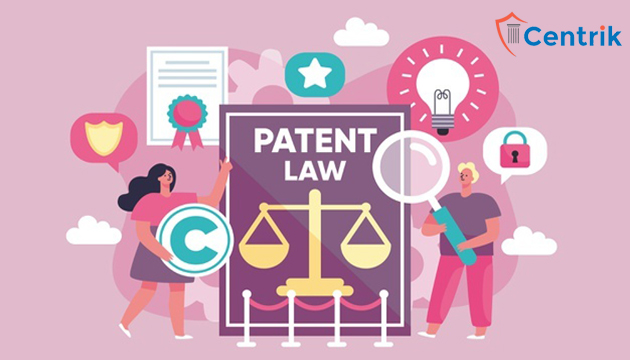
Status as on- 30/10/2021
INTRODUCTION-
In order to safeguard and to encourage inventors to contribute more in their field by awarding them exclusive rights for their creative ideas/invention, their emerged the need to implement Patent Law in India which came into force in 1911. An invention relating to a product or a process that is new, involving inventive step and which is capable of industrial application can be patented in India.
HOW TO GET A PATENT REGISTERTED?
- File an application under Form 1 for grant of Patent.
- Write about the complete specification while filing for the registration which has to be filled within the 12 months from the date of filling of the provisional specifications.
- Request for early publication can be made to the controller under Form 9.
- After the publication, pre-grant oppositions are invited from the public.
- A request for the examination can be made within 48 months of the priority date.
- If the objection is made by the Examiner in the report, the reply has to be filled within 6 months from the date of the communication.
- Once the objections are removed and the application is found to be approved by the controller, the patent is granted under section 43 and is made available in the journals for the Public.
- Then with the seal of the patent office, the date on which it is granted is entered in the register of patents.
WHAT LEADS TO INFRINGEMENT OF A PATENT?
The unapproved use, creation, deal, or Invention of another’s patent leads to the Infringement of Patent. The essential thought behind patent infringement is that unapproved parties are not permitted to enjoy the exclusive rights of the owner without his/her authorization.
The acts which lead to the infringement of a patent under patent law, when performed without the patent holder’s permission, are:
- Making a patented invention.
- Using a patented invention.
- Offering a patented invention for sale.
- Selling a patented invention.
- Importing a patented invention into the United States.
REMEDIES FOR INFRINGEMENT
A suit can be instituted before the Competent Court having jurisdiction to entertain the suit.
The aggrieved person on satisfying the court about the infringement of his/ her patent would be entitled to the following relief:
- Interim relief: The aggrieved person may at the commencement of the action which is said to be infringement shall move for an interim injunction to restrain the opposite party from committing the acts complained of until the hearing of the action or further orders. The aggrieved person should make out a prima facie case and also show that the balance of convenience lies in his favor.
- Damages: In assessing the damages the important question is what is the loss sustained by the patentee. The loss must be the natural and direct consequence of the opposite partyacts. The object of damages is to compensate for loss or injury.
- Accounts of profits: Where a patentee claims the profits made by the unauthorized use of his patent, it is important to ascertain how much of his invention was appropriated, in order to determine what proportion of the net profits realized by the infringer was attributable to its use.
Conclusion-
India’s patent law governs under the principle of, first to file, i.e. if two people apply for a patent on an identical invention, the first one to file the application will be awarded the patent. It offers the inventor to enjoy the exclusive rights of the invention. Whereas, the unapproved use, selling of the invention of the inventor without the prior consent of the inventors leads to the Infringement of the Patent.
Disclaimer- The above article is based on the personal interpretation of the related orders and laws. The readers are expected to take expert opinion before relying upon the article. For more information, please contact us at rera@centrik.in




 join For Updates
join For Updates